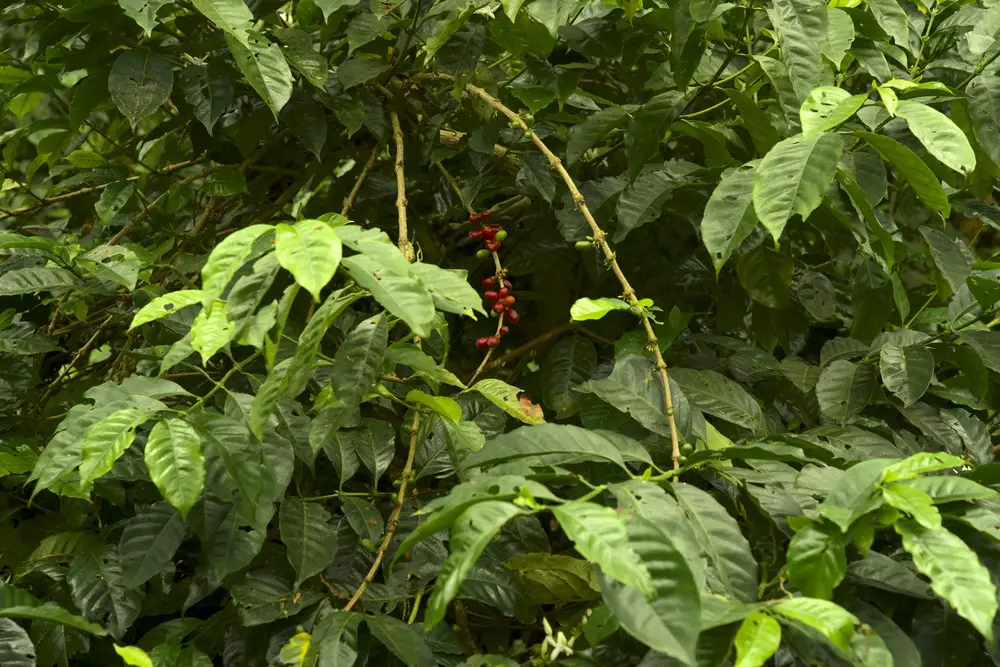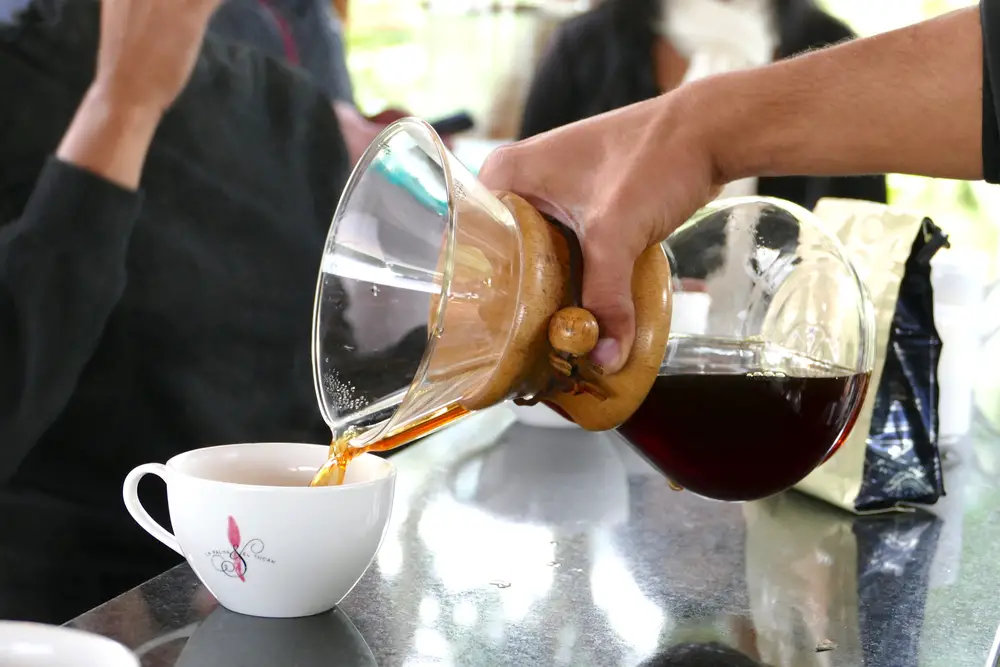Your plants are as dear to you as your children, but they are not doing well? Coffee could help save your plants.
Table of Contents
What does coffee do to our plants?
Before we tell you how to revitalize your plants, we are going to show what coffee does to our plants. Unlike roasted coffee beans, which are very acidic, coffee left over after brewing has a neutral pH. This means that you must definitely use the used coffee grounds and definitely not freshly ground coffee.
Coffee grounds are nutritious for plants
Unlike us, coffee not only provides plants with caffeine, but also provides them with a large amount of minerals such as phosphorus, potassium and nitrogen. Unlike artificial fertilizers, coffee gradually releases these minerals to our plants and gives our plants the opportunity to absorb them slowly.
Coffee grounds help maintain our compost
Aside from these nutrients, coffee also provides microorganisms that experts believe help plants grow. It is also known that coffee attracts earthworms and these are responsible for oxygenating the soil where our plant grows.
Strengthens from the roots
Coffee nourishes the soil of your plants and helps the soil to become more structured and looser. Coffee is also known to prevent pests and weed development due to its acidic aroma.
Use of coffee for our plants
There are many ways you can use coffee on your plants. Here we will show you some of these techniques.
Coffee grounds for plants
Remember that coffee grounds are the rest of the coffee preparation. In this first phase you have to take the coffee grounds (another name for the leftovers of the coffee preparation) and dry them. You can leave it in the sun until it’s completely dry. Once it dries, you should chop it up and apply a thin layer to the bottom of the plant. Make a circle around the stem of the plant.
Another option is to mix 2-3 tablespoons of instant coffee with some of the soil covering your plant and some water to help release the minerals and other nutrients faster. Apply this mixture to the floor. As a final recommendation for using coffee grounds, these mixtures should not make up more than 10% of your plants total fertilizer, otherwise they can stunt their growth.
Coffee mixed with compost
Coffee grounds are rich in nitrogen and therefore promote the growth and development of plants. Coffee can be added directly to the compost. Coffee grounds are a source of nitrogen, which is considered composting material and is ideal for adding to plant residue.
Mixing coffee grounds with compost can reduce the need for fertilizer. You can also add some earthworms that will oxygenate our potted plants. We feed these with the coffee we mix our compost with.
So, if you decide to use a combination of coffee grounds and earthworms, make sure you don’t overdose on the coffee grounds. Otherwise, the earthworms could die from an overdose of coffee grounds.
Liquid coffee on plants
Another way to feed our plants with coffee is liquid coffee.
Put two cups of coffee grounds in five liters of water and let it sit all night. Then strain the water and use the mixture as a liquid fertilizer. It can be used to irrigate or applied directly to stems and leaves with a sprayer.
Another way is to spray coffee directly on the rotting plants. Give dying plants a little of this mixture each day until you see signs of revival.
Plant and coffee compatibility
Here is a list of plants that generally show good tolerance to coffee treatments:
- Spider plants
- Roses
- African violets
- Hydrangeas
Plants and coffee intolerance
Here is a list of plants that generally do not show good tolerance to coffee treatments:
- Geranium
- Asparagus
- Italian ryegrass
- Clover
Signs of improvement
To determine if your plant is responding positively to a coffee grounds treatment, look out for the following traits:
- New shoots or
- New growth
- Green of the leaves



